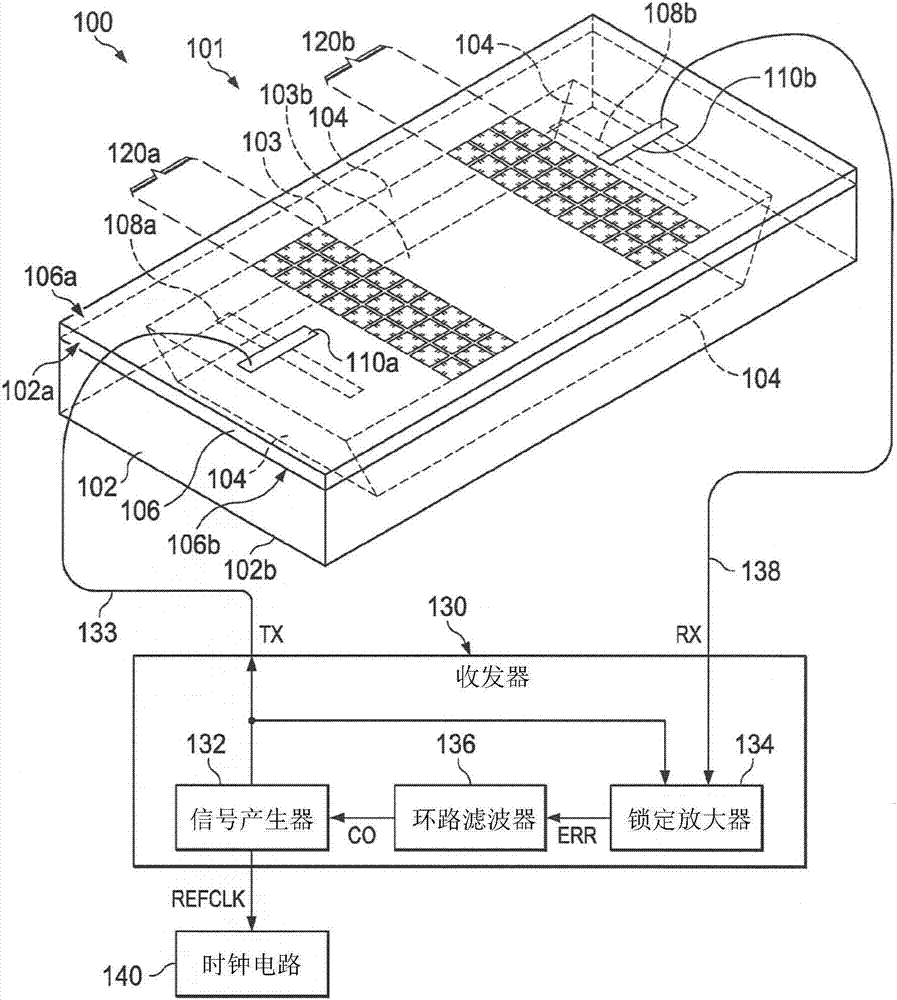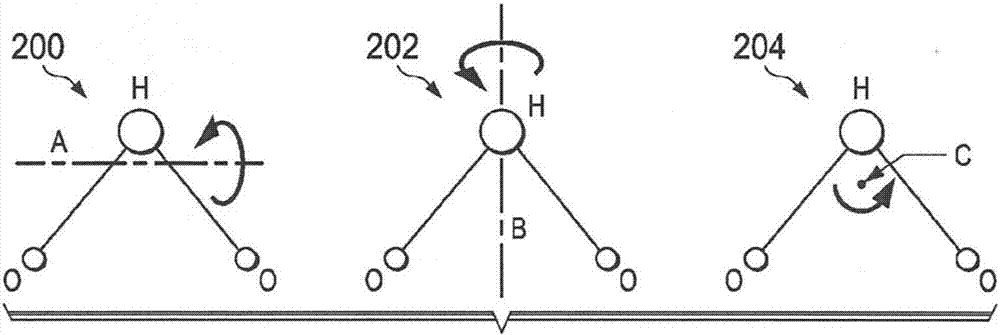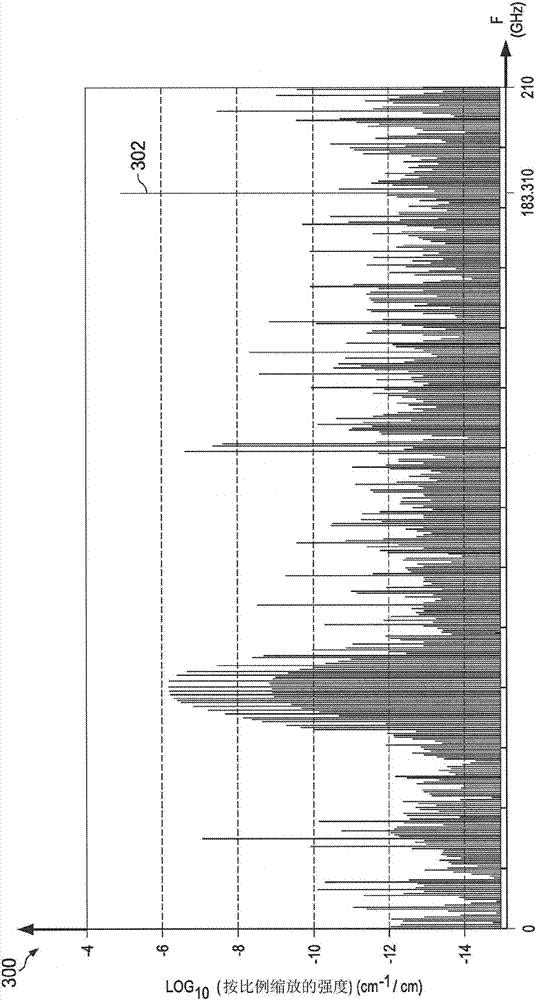Rotational transition based clock, rotational spectroscopy cell, and method of making same
A clock, steam room technology, applied in the field of steam room, can solve the problems of high power consumption and extra cost and space
- Summary
- Abstract
- Description
- Claims
- Application Information
AI Technical Summary
Problems solved by technology
Method used
Image
Examples
Embodiment Construction
[0022] In the drawings, like reference numerals refer to like elements throughout, and the various features are not necessarily drawn to scale. Novel, compact, energy-efficient spin-transition clock systems and simple low-cost packaging and fabrication processes can be employed to facilitate the development of wafer-scale or chip-scale spinning spectral chambers or vapor chambers in silicon-based processes for atomic clocks and other applications implement. Dipolar gas molecules (such as water or H 2 O) Quantum spin state transitions have been defined and such molecules absorb energy with very reproducible frequencies when transitioning between spin states. For example, water absorbs energy based on quantum spin state transitions at 183.31 GHz. In at least one example, the clock device 100 includes a vapor chamber 101 fabricated in a silicon-based process that eliminates the need for lasers, modulators, photodetectors, and other optical components and associated temperature ...
PUM
 Login to View More
Login to View More Abstract
Description
Claims
Application Information
 Login to View More
Login to View More - R&D
- Intellectual Property
- Life Sciences
- Materials
- Tech Scout
- Unparalleled Data Quality
- Higher Quality Content
- 60% Fewer Hallucinations
Browse by: Latest US Patents, China's latest patents, Technical Efficacy Thesaurus, Application Domain, Technology Topic, Popular Technical Reports.
© 2025 PatSnap. All rights reserved.Legal|Privacy policy|Modern Slavery Act Transparency Statement|Sitemap|About US| Contact US: help@patsnap.com



